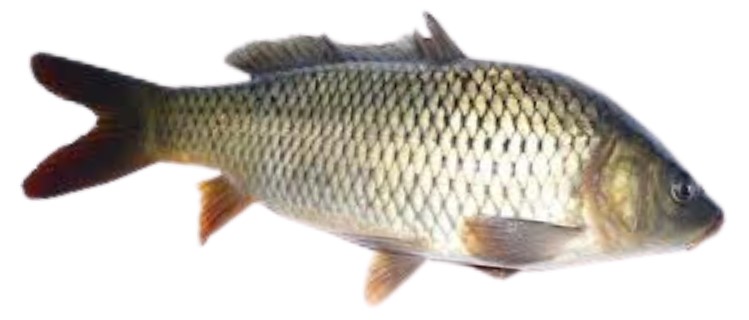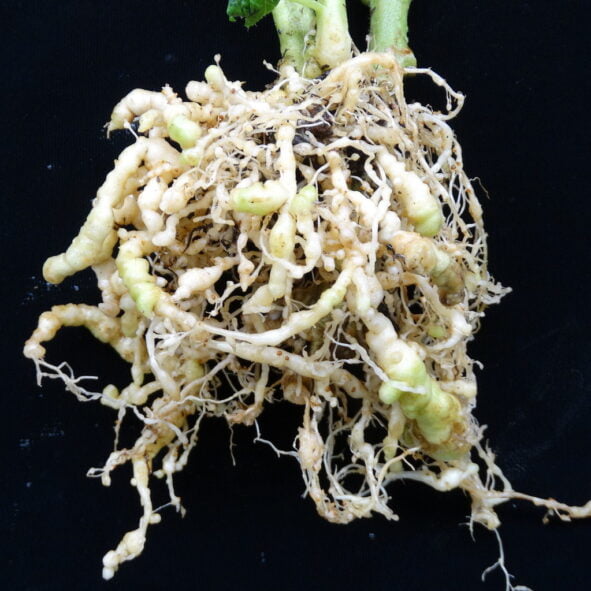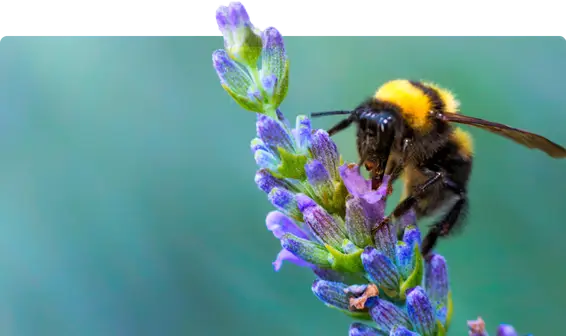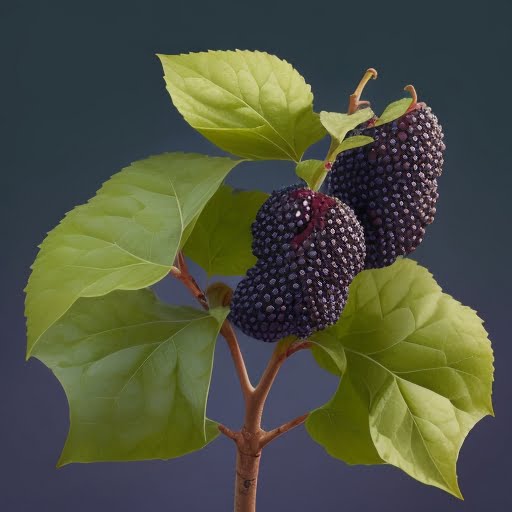Silkworm species: The term “silkworm” typically refers to the larva of the domestic silk moth, Bombyx mori, which is the primary producer of the commercially valuable silk we know and love. However, there are actually several other species of insects that produce silk fibers, each with its own unique characteristics and uses. Here are some of the most notable silkworm species known for silk production.
Silkworm Species
There are five major types of silk, obtained from different species which in turn feed on a number of food plants, Except mulberry, other varieties of silks are generally termed as non-mulberry silks. India has the unique distinction of producing all these commercial importance varieties of silk.
1. Bombyx mori meridionalis :
It is the Mulberry silk worm (Lepidoptera: Bombycidae), feeds on the leaves of mulberry (Morus alba) to produce the best quality silk fiber.
Four Indian species of mulberry, namely, Morus alba, M. indica, M. serrata and M. laevigata, are cultivated as main food plants of silkworm.
Bombyx mori or the Mulberry silkworm is completely domesticated insect and is never found wild, which has been exploited for over 4000 years. ‘silkworm species’
All the strains reared at present belong to the species B. mori which is originated from the original Mandarina silkworm, known as Bombyx mandarina Moore.
The adult moths of B. mori is seldom, fat and are primarily concerned with reproduction. Their larvae are voracious eaters. They feed on the leaves of mulberry trees.
Some moths are single brooded or univoltine and others are many brooded or multivoltine.
Owing to domestication, a large number of strains have evolved out, which produce cocoons of various shapes, sizes, weights and colours ranging from white to yellow.
Only one generation is produced in one year by worms in Europe and other countries where the length of winters far exceeds the duration of summers. ‘silkworm species’
Some strains pass through two to seven broods and are cultivated in warm climates.
In South India, particularly Mysore, Coimbatore and Salem, a strain which produces several generations, extensively utilized to produce silk. ‘silkworm species’
Bombyx mori produces cocoons with continuous silk filament and therefore can be industrially reeled to produce raw silk.
The mulberry silkworm may be further classified and identified as of Japanese, Chinese, European or Indian origin based on geographical distribution or as univoltine, bivoltine and multivoltine depending upon the number of generations produced in a year under natural conditions.

2. Antherea paphia or Antherea mylitta :
It is the Tasar silk worm (Lepidoptera: Saturnidae), feeds on Terminalia tomentosa that occurs in the jungles of Bihar, Madhya Pradesh, UP and Orissa. ‘silkworm species’
The tassar silkworms belong to the genus Antheraea and they are all wild silkworms. There are many varieties such as the Chinese tassar silkworm – A. pernyi G.
The Indian tassar silkworm – A. mylitta Dury. The Japanese tassar silkworm – A. yamamai Guerin.
Tassar silk occupies the third position; next to mulberry and eri silk. China is the biggest tassar silk producer of the world, followed by India.
In the North Korean provinces bordering China, a small quantity of tassar silk is also produced in Japan.
Traditional tassar silk of India is the one produced by the tropical tassar silkworm, Antheraea mylitta D. Its distribution extends along the tropical forest belt of India starting from West Bengal in the east, extending upto Karnataka in the South-East through Bihar, Orissa, Uttar Pradesh, Madhya Pradesh, Andhra Pradesh and Maharashtra.
Extending along the Himalayas right from Arunachal Pradesh in the east Jammu and Kashmir in the west using the temperature breeds of Tassar silkworm like A. pernyi.
Tassar silkworm is polyphagous, feeding on about two dozen host plants belonging from
different families, genera and species but more commercial important are:
- Terminalia (Vernacular asan, ain)
- Terminalia arjuna (V. sal) (V. Arjun)
- Shorea robusta (NV. sal)
- Lagerstroemia sp. (V. Sidha)
- Ziziphus jujuba (V. bar)
Unlike other silkworms, tassar silk worms being entirely wild have to be fully reared on host plants. ‘silkworm species’
Tassar moths are fairly large insects, females being larger and yellowish-brown in colour while males are smaller and brick red in colour but both having eye spots on their wings. Antennae of male are busy (branched) and narrowed abdomen.
The worms are either uni or bivoltine and their cocoons like the mulberry silkworm cocoons can be reeled into raw silk.
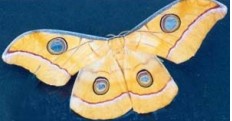
3. Antherea royeli and Antherea perniyi :
It is the Oak tasar silk worms (Lepidoptera: Saturnidae), feed on oak trees and were introduced from foreign countries. ‘silkworm species’
The species is considered to be the wild progenitor of the domesticated species known as Antheraea pernyi; the theory is that pernyi may have evolved from ancestral A. roylei by chromosome rearrangement during domestication.
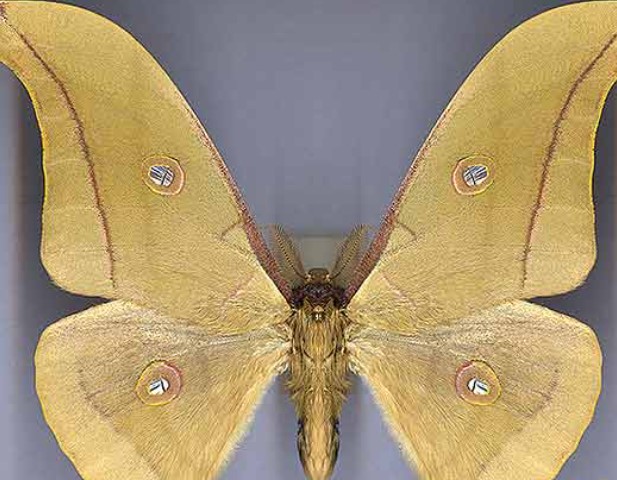
4. Antherea assama :
It is the Muga silk worm (Lepidoptera: Saturnidae), is confined to the Brahmaputra Valley of India and produces the famous muga silk.
The muga silkworms (Antheraea assama) also belong to the same genus as tassar
worms but produce an unusual lustrous golden-yellow silk thread which is very attractive and strong. ‘silkworm species’
The primary food plants of A. assama Westwood are Som (Machilus bombycina) and soalu (Litsaea polyantha) leaves which are Assammese names.
Muga silkworms are wild in nature, muga moths (muga is an Assamese word meaning brown or amber) are distributed from Western Himalayas to Nagaland, Cachar districts of Assam of south Tripura. But the sericulture practice is confined to the Brahmaputra valley of Assam and Foot hills of East Garo hills of Meghalaya. Ideal temperature for muga silkworm growth is 24-30°C and humidity 75-85%.
The wings and body of the male moth are copper brown to dark brown while female is yellowish to brown in colour. Both pairs of wings bear eye spots. Males are smaller in size, slender abdomen, with bushy antennae. Assam and Meghalaya account for more than 90% of the production of muga silk.
This silk is a traditional costume during the marriage ceremonies and festive occasions, the ladies garments ‘Mekhala and Chadhar’ made of muga silk are a priced commodity in Assam. The Regional Muga Research station at Boko is developing appropriate technology to replace the traditional methods as this result in low productivity. ‘silkworm species’

5. Phylosamia ricini:
It is the Eri silkworm (Lepidoptera: Saturnidae), which feeds on castor (Ricinus communis) is raised in Assam, Madhya Pradesh, Rajasthan and Orissa
Eri silkworms Samia cynthia ricini (Huts) belong to family Saturniidae. The local name eri derives from its primary food plant ‘era’ (castor), so commonly known as castor silkworm is a domesticated and reared on castor oil plant leaves so as to produce a white or brick-red silk popularly known as ert silk. ‘silkworm species’
The filament of the cocoons spun by these worms is neither continuous nor uniform in thickness, the cocoons cannot be properly reeled and therefore, the moths are allowed to emerge and the pierced cocoons are used for spinning purposes to produce the eri silk yarn.
The distribution of eri silkworm in North eastern India is mostly confined to the Brahmaputra valley and the surrounding areas extending to the foot hills of Meghalaya, Mizoram, Nagaland, Manipur and Arunachal Pradesh upto about 3000’ altitude. Manipur are predominantly eri growing areas of this region. ‘silkworm species’
Eri silkworm is polyphagous in nature. Its food plants are abundantly found in natural forests in the plains and hilly areas of north eastern India. However, castor (Ricinus communist: Linn) is the major food plant; while Kesseru (Heteropanox fragrans Seem), Tapioca (Manihot utilissima Pohl) and Barkesseru (Ailanthus excelsa) are the secondary food plants of eri silkworm.
Both male and female have brown, black and green coloured wings with white “crescent
markings and wooly white abdomen”. The male is smaller than female bearing bushy antennae and narrower abdomen. ‘silkworm species’
This species is domesticated and multivoltine in nature having six generations in a year. Samia ricini exhibits several larval strains viz. plain, spotted, semizebra and zebra based on larval markings and white, blue and green based on larval body colour. These strains cross breed naturally. ‘silkworm species’
Eri culture is a traditional practice among the Indo-Mongolid and Tibet Burman sub-tribes of this region. This region accounts for more than 90% of the total eri-silk production. From time immemorial, the eri-culture remained a part of tribal’s way of life. Hence, eri-fabric is commonly known as ‘poor man’s wool’ or ‘poor man’s silk.


